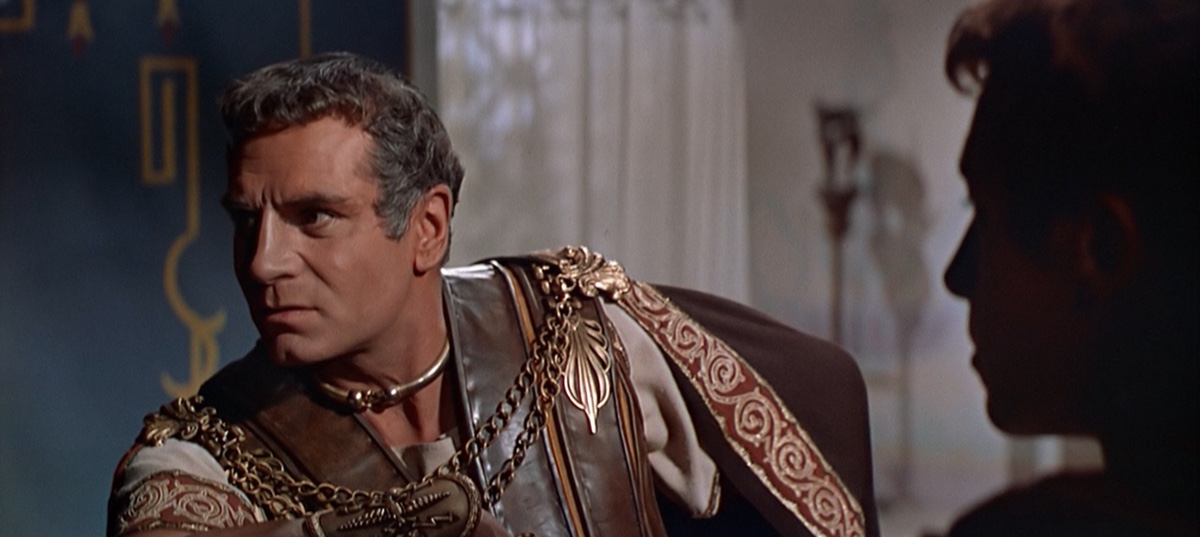You’ve probably heard about that 30-year-old Law of Demeter (LoD). Someone asked me recently what I think about it. And not just what I think, but how it is possible to keep objects small and obey the LoD. According to the law, we’re not allowed to do something like book.pages().last().text(). Instead, we’re supposed to go with book.textOfLastPage(). It puzzled me, because I strongly disagree. I believe the first construct is perfectly valid in OOP. So I’ve done some research to find out whether this law is really a law. What I found out is that the law is perfect, but its common understanding in the OOP world is simply wrong (not surprisingly).

Object-Oriented Programming: An Objective Sense of Style, K.Lieberherr, I.Holland, and A.Riel, OOPSLA’88 Proceedings, 1988.
This is where it was introduced. Let’s see what it literally says (look for Section 3 in that PDF document):
For all classes C, and for all methods M attached to C, all objects to which M sends a message must be instances of classes associated with the following classes: 1) the argument classes of M (including C), 2) the instance variable classes of C.
Say it’s a Java class:
class C {
private B b;
void m(A a) {
b.hello();
a.hello();
Singleton.INSTANCE.hello();
new Z().hello();
}
}
All four calls to four different hello() methods are legal, according to the LoD. So what would be illegal, I ask myself? No surprise; the answer is this: a.x.hello(). That would be illegal. Directly accessing the attribute from another object and then talking to it is not allowed by the law.
But we don’t do that anyway. We’re talking about book.pages().last().text(). In this chain of method calls, we’re not accessing any attributes. We’re asking our objects to build new objects for us. What does the law say about that? Let me read it and quote:
Objects created by M, or by functions or methods that M calls, are considered as arguments of M
In other words, the object Pages that method call book.pages() returns is a perfectly valid object that can be used. Then, we can call method last() on it and get an object Page, and then call method text(), etc. This is a perfectly valid scenario that doesn’t violate the law at all, just as I expected.
So where does this common understanding of the law come from? Why does Wikipedia call it a rule of “one dot” and say that “an object should avoid invoking methods of a member object returned by another method?” This is absolutely to the contrary of what the original paper says! What’s going on?
The answer is simple: getters.
The majority of OOP developers think most object methods that return anything are getters. And getters, indeed, are no different than direct access to object attributes. That’s why Wikipedia actually says “no direct access to attributes and, since most of your methods are getters, don’t touch them either, silly.”
That’s just sad to see.
So the bottom line is that the Law of Demeter is not against method chaining at all. Of course, it’s against getters and direct attribute access. But who isn’t, right?
